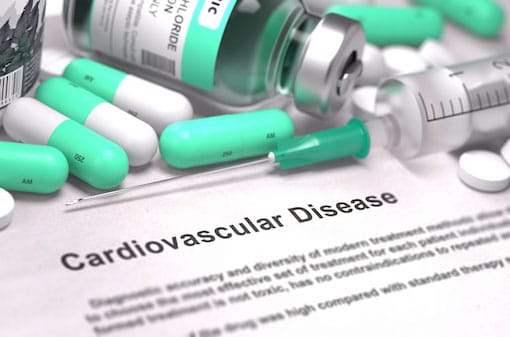Cardiovascular disease
Cardiovascular disease is a term that describes a disease of the heart or blood vessels.
Other types of cardiovascular disease include:
Heart failure: This means the heart isn’t pumping blood as well as it should. The heart keeps working, but the body’s need for blood and oxygen isn’t being met. Heart failure can get worse if it’s not treated.
Arrhythmia: This is an abnormal rhythm of the heart, affecting the functioning of the heart, which may not be able to pump enough blood to meet the body’s needs.
Heart valve problems: In some cases the heart valves might not open enough or close properly to allow the blood to flow through as it should, thus affecting circulation.[i]
Cardiovascular disease and obesity
People with obesity are more likely to develop hypertension, diabetes and atherosclerosis. These conditions translate into a high risk of cardiovascular disease. Statistic show that 21% of ischemic heart disease is attributable to having a high BMI.[ii]
For more information on cardiovascular disease please see the European Heart Network (EHN).
Policymakers
Resources
[i] American Heart Association (2014). What is cardiovascular disease? Retrieved from: https://goo.gl/8mHfG1
[ii] World Heart Federation (2017). Obesity. Retrieved from: http://www.world-heart-federation.org/cardiovascular-health/cardiovascular-disease-risk-factors/obesity/

Cardiovascular disease is a term that describes a disease of the heart or blood vessels.
